Rwanda – how it became such an inspiring act of modern rebirth
February 5, 2013
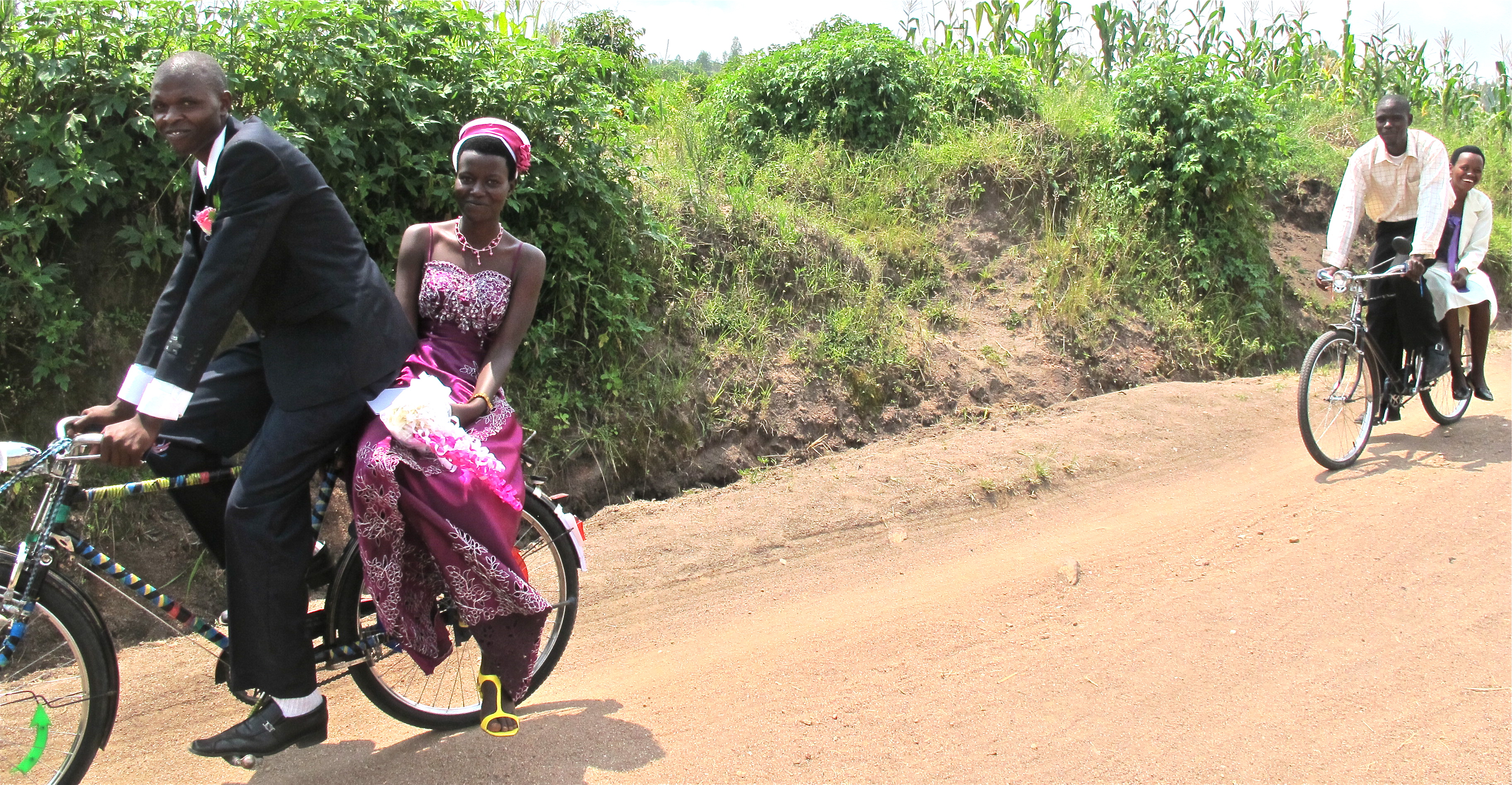
On the plane to Kigali for my Kiva Fellowship at Urwego Opportunity International, I realise that my knowledge of Rwanda, the country of a thousand hills, is limited to the famous mountain gorillas and the tragic history of genocide in 1994.
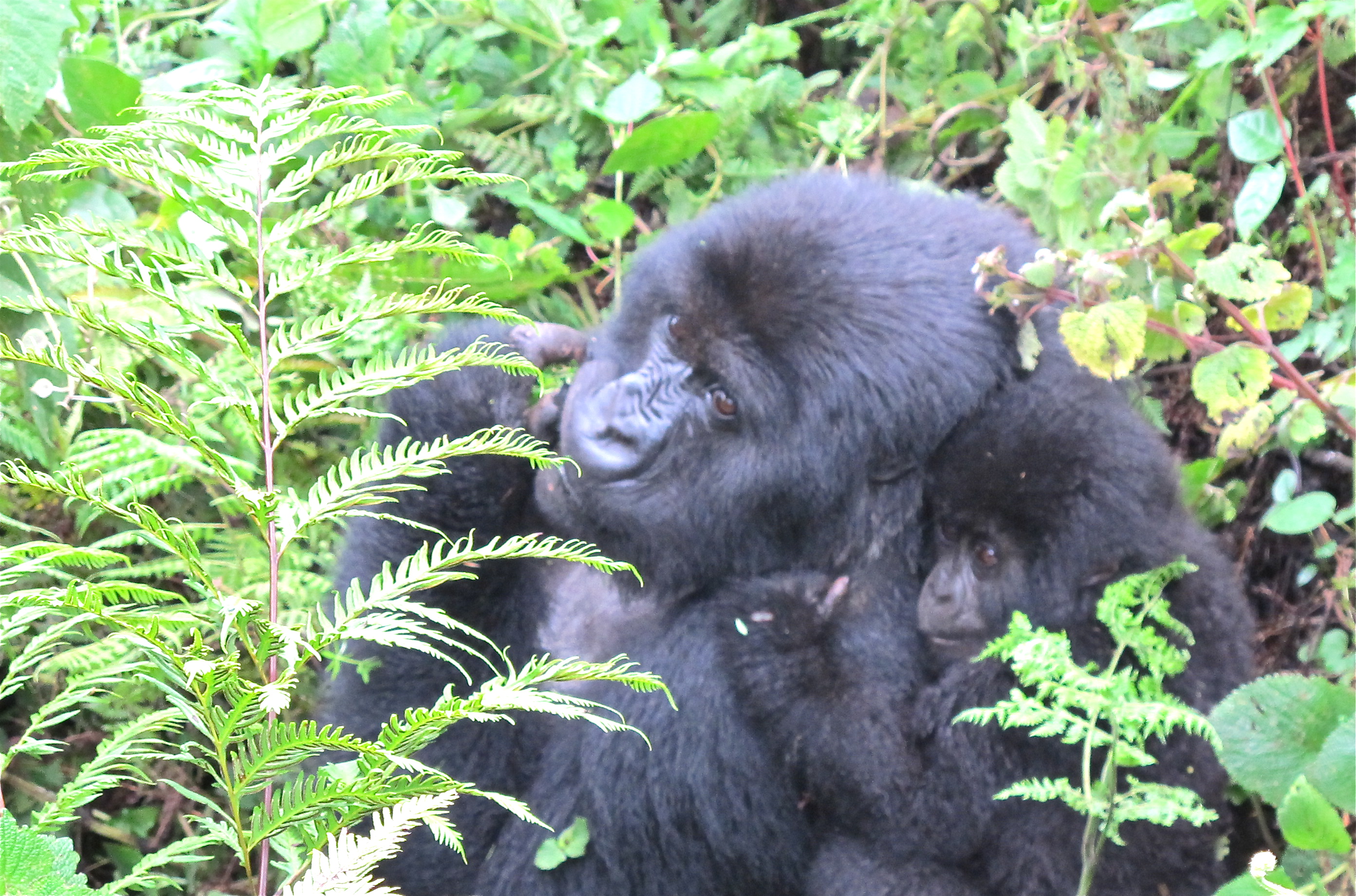
I have little idea of what the people and the country will be like. Wary of the fact that everyone over 19 years old must have a significant story, I approach the city and its people with cautious optimism. I should not have been worried. Everywhere I go, gracious, smiling and incredibly polite people greet me. With a combination of English, French, Kinyarwanda and Swahili I slowly manage to engage in basic conversations. Kigali radiates a fascinating mix of tranquility and raw energy and it is difficult not to immediately fall in love with the place.
Paul Kagame is the leader of modern Rwanda. He rose to prominence as the leader of the Rwandan Patriotic Front (RPF), whose military victory over the incumbent government in July 1994 effectively ended the Rwandan genocide after 100 days of civil war. By then 1 million Tutsi lives were already claimed and the rest of the world, including the UN, watched as passive by-sitters.
19 years after the genocide - what does Rwanda look and feel like?
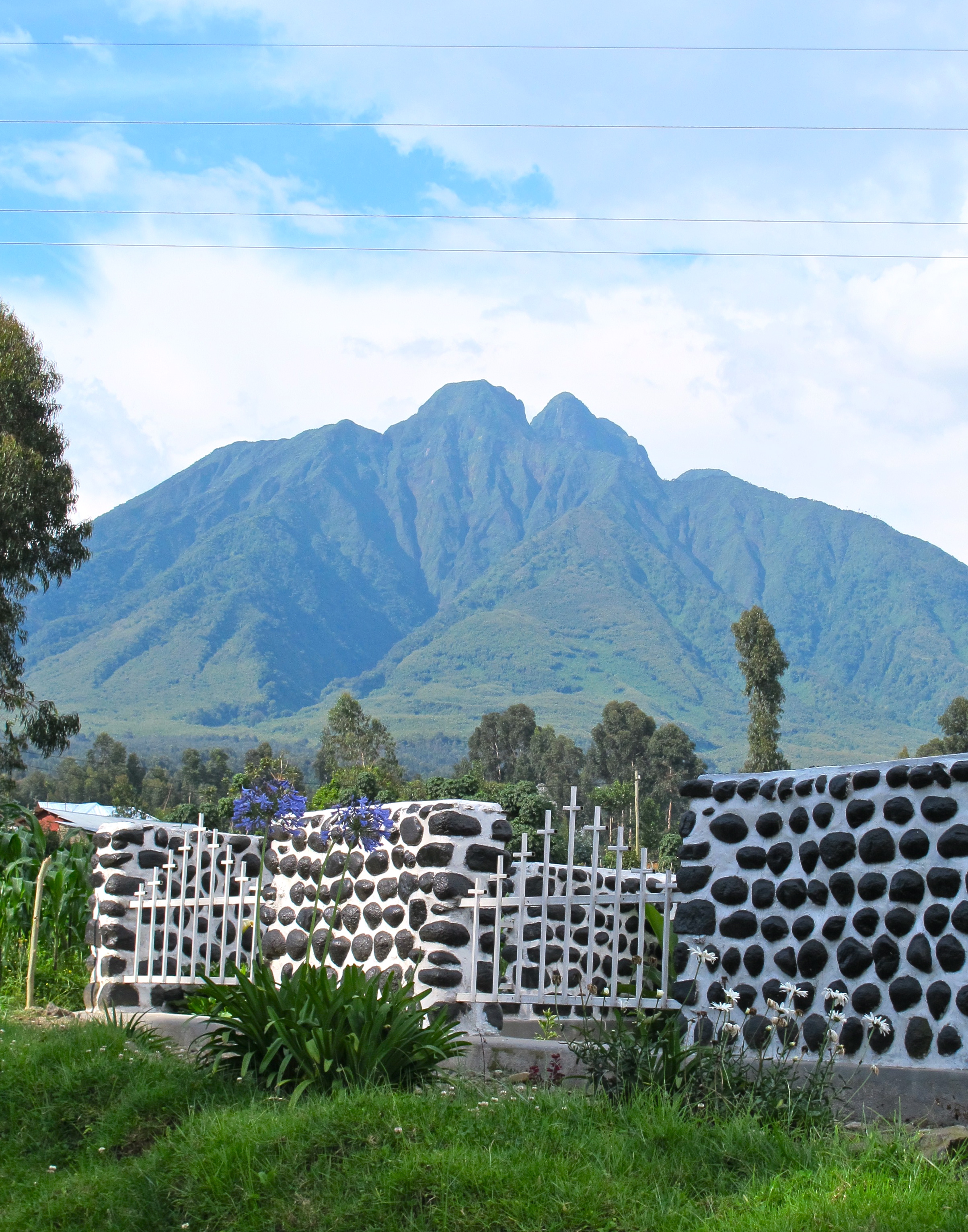
It is evident that the country today focuses on building economic and intellectual power to ensure that history will never repeat itself. Remembering the past is still very much part of the daily life here. The mass graves, now beautiful memorial sites, are scattered across the whole country and all Rwandans get a week off work every year to be with their families to mourn and reflect. In the West, we might think we know something about the genocide from watching the Hollywood movie "Hotel Rwanda". The Rwandan view is somewhat different; “This film gives a very romanticised picture of what really happened, to the extent that the movie has been banned across the nation” is what I am told by a man selling dvds.
People still deal with the aftermaths of the brutal history. The post genocide re-integration means that victims and perpetrators now live as neighbors, and even work together. I am baffled by their ability to put the hatred and sadness to one side and focus on simply getting the work done – and they really do work hard! My colleagues at Urwego have a 50 hour working week and they are very committed to their work.
Rwanda has been called Africa’s “biggest success story” and is, despite its history, at the forefront of developing new models for foreign aid designed to help recipients in becoming self-reliant entrepreneurs. Rwanda is probably one of the most inspiring and fascinating acts of rebirth in modern history.
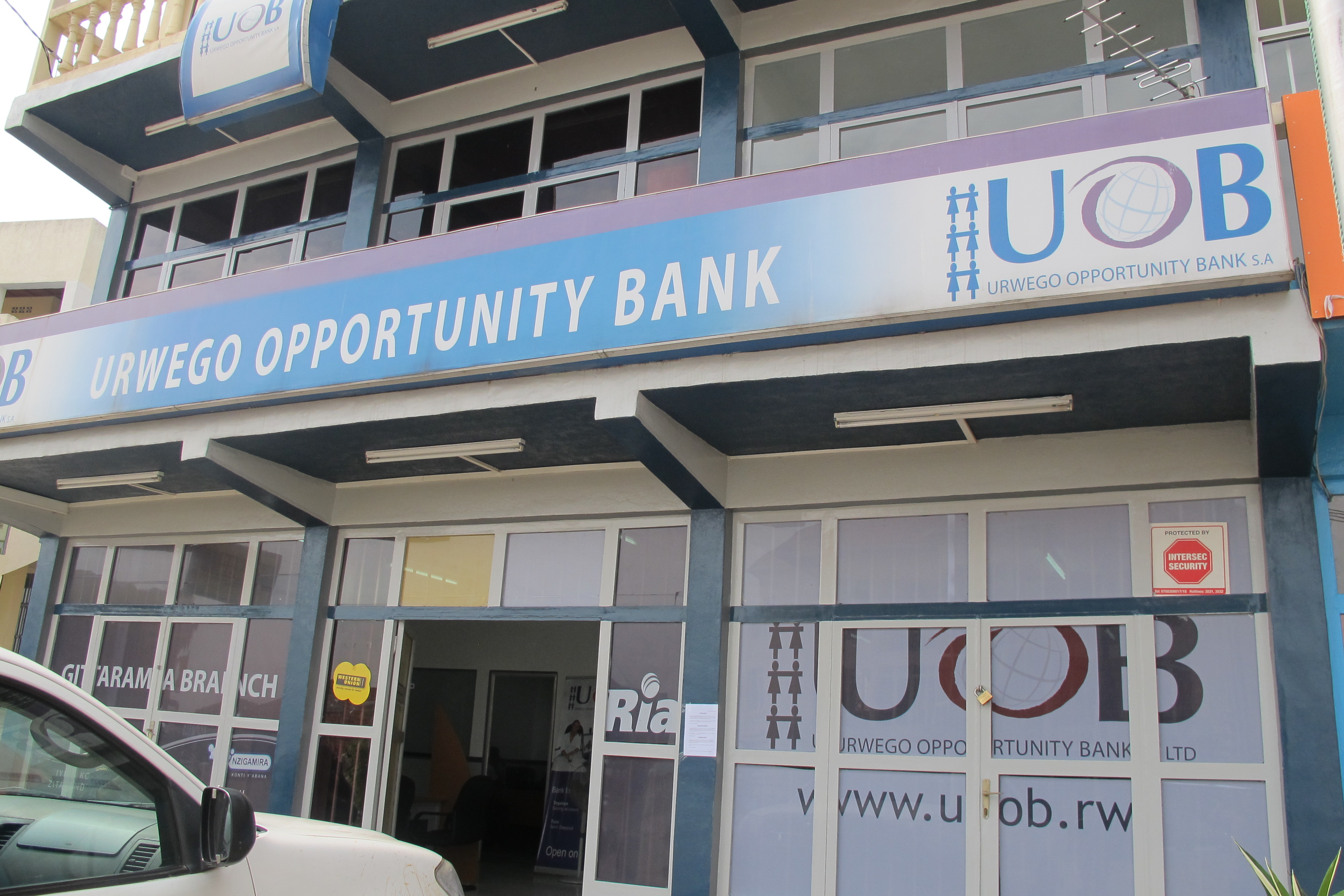
Kigali is a city dressed to impress. It bustles with life and commerce and proudly boosts infrastructure similar to a European or American city. It is among the safest and most organised places I have ever been to (and I have seen more than 85 countries, many of them in the developing world). The local airline Rwandair with shiny new carriers serves in-flight meals supplied by the fancy Hôtel des Mille Collines (which also served a key role in the genocide).
How come Rwanda is so different to many other African countries?
Over the years, I have come to believe in having a clear vision as a catalyst for prosperity. The president Paul Kagame has a very ambitious vision for his country. Rwanda’s goal is to focus on three key factors: growth, opportunities for the poorest and governance. It seems to work.
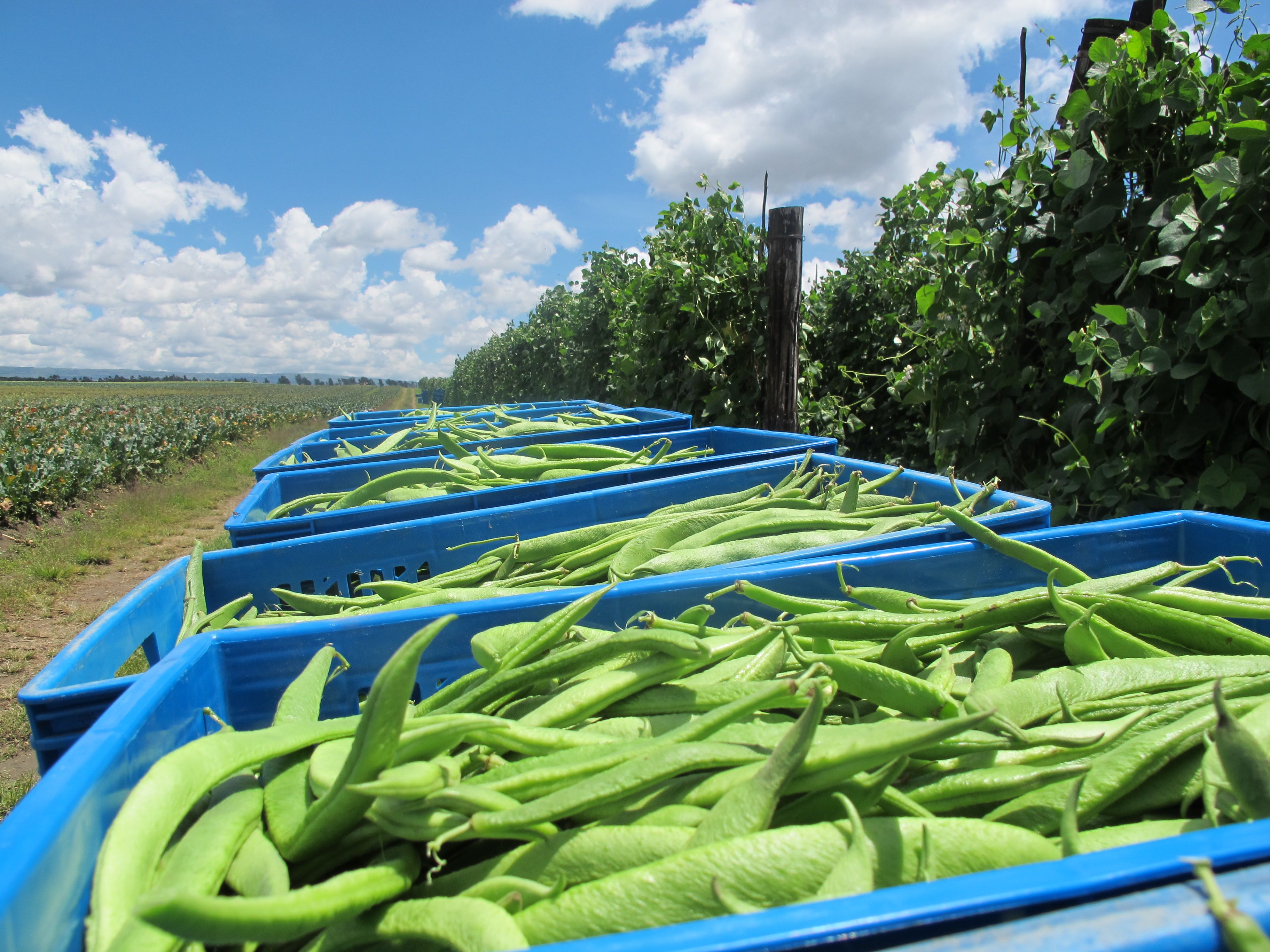
By 2020 Rwanda aim to generate sufficient income from agriculture and other businesses to no longer be reliant on any foreign aid. There is zero-tolerance on corruption and as a tourist you are not allowed to give any money or gifts to street children, as this encourages undesirable behaviors such a reliance on others and lack of responsibility. Everyone is involved in bringing Rwanda forward.
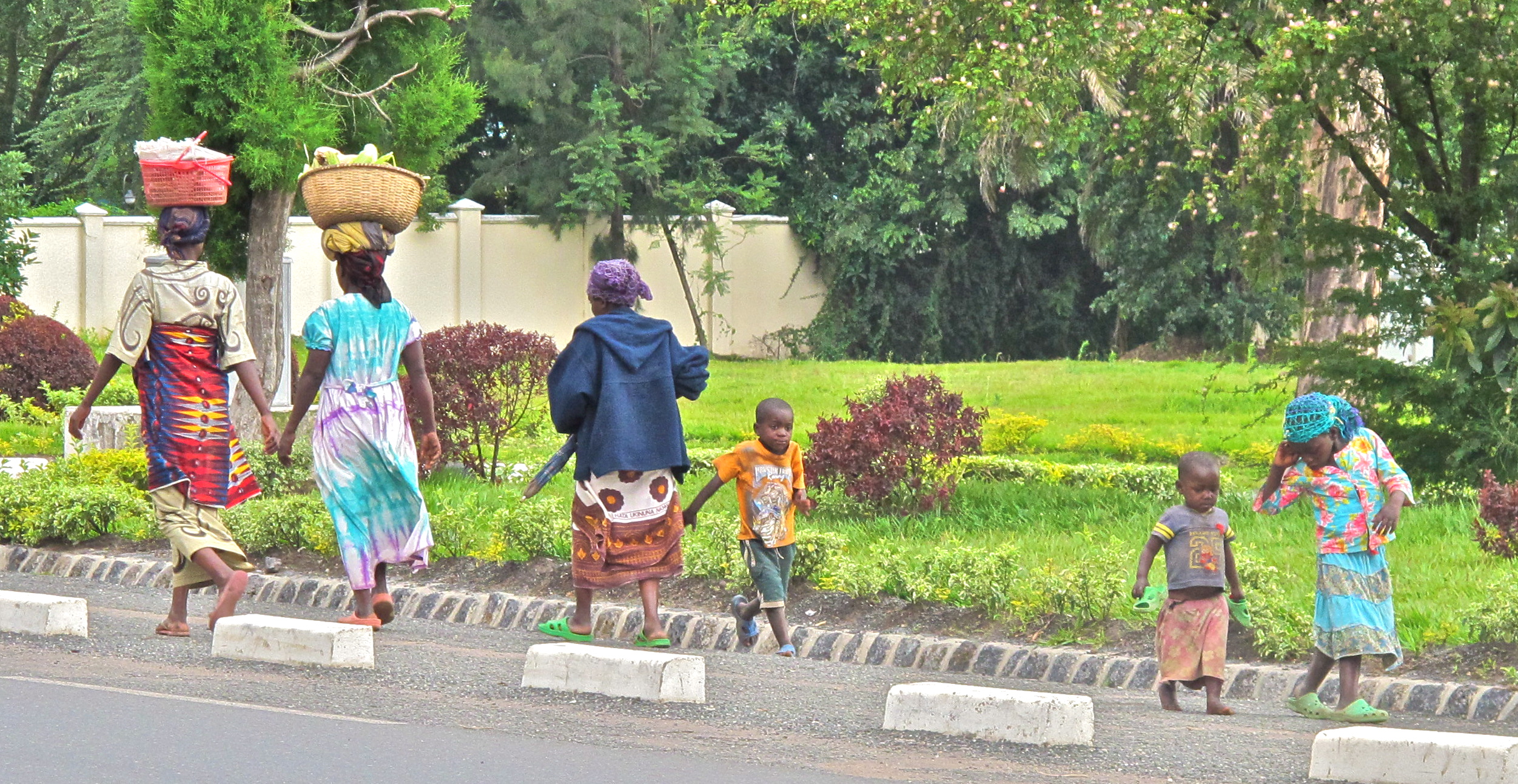
For example, to keep the country clean, plastic bags and street selling is prohibited and all 10 million inhabitants gather for umuganda one day every month to clean up the streets! Littering means six months in prison, and the stories I hear about the life of Rwandan prisoners does not sound too appealing. You can easily recognise the prisoners in their clear pink uniforms as they perform community work. They are often seen carrying coal and stones for building houses and roads twice their body weight under the unforgiving blazing sun.
As a Kiva fellow - what is my experience so far?
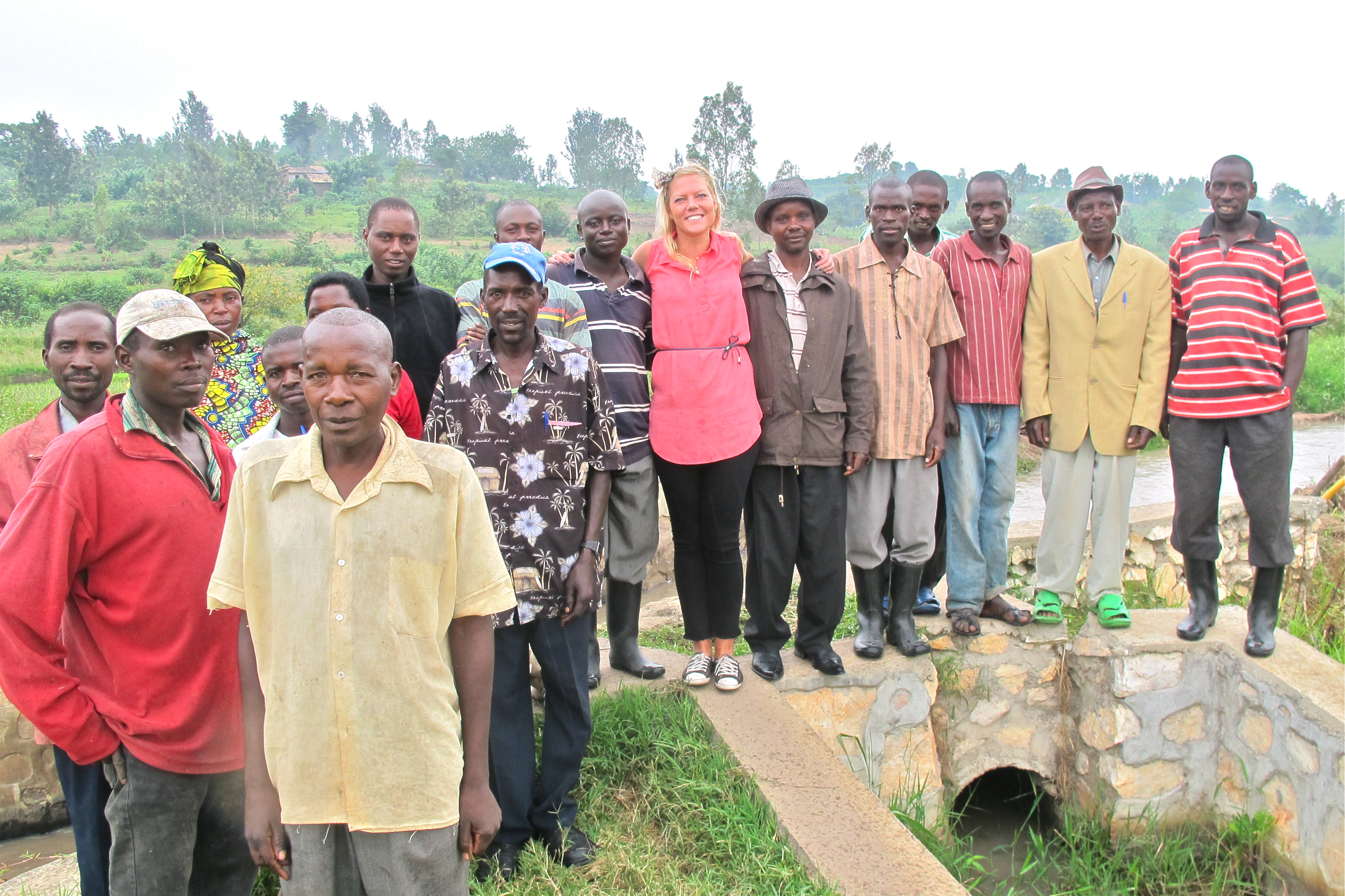
With great anticipation I travel south through the lush and green landscape with Urwego loan officers to meet some aspiring Kiva borrowers, a rice-farming co-operative in Ruhango. Most of the people in Rwanda work in the agricultural sector (which makes up 90% of the country’s GDP) and grow tea, coffee, irish potatoes, corn, rice or beans. The road curls itself among the rolling hills on a really nice road, not surprisingly built by the Chinese to carry gold and other minerals extracted in DR Congo.
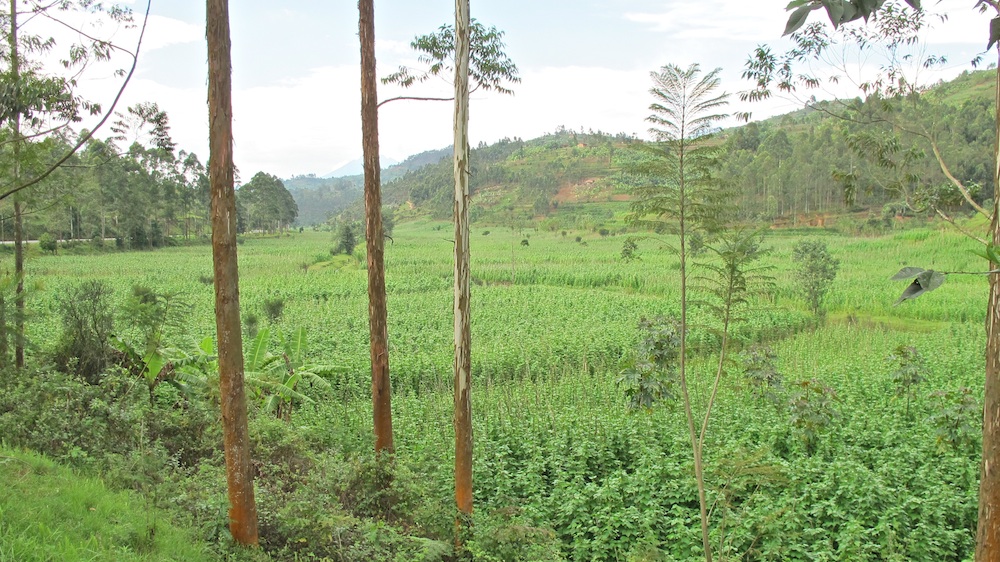
I marvel over the small, perfectly square-shaped fields high up the mountains where I can see people farming their land, sometimes steeper than ski slopes! I wonder how they even manage to climb it. The co-operative members in Ruhango explain that it is the modern generation that understands micro-financing. Some of the older people have lived their entire lives without ever touching or knowing of money (in a country where English is still rare I quickly realise that amafaranga is a key word to learn in kinyarwanda).
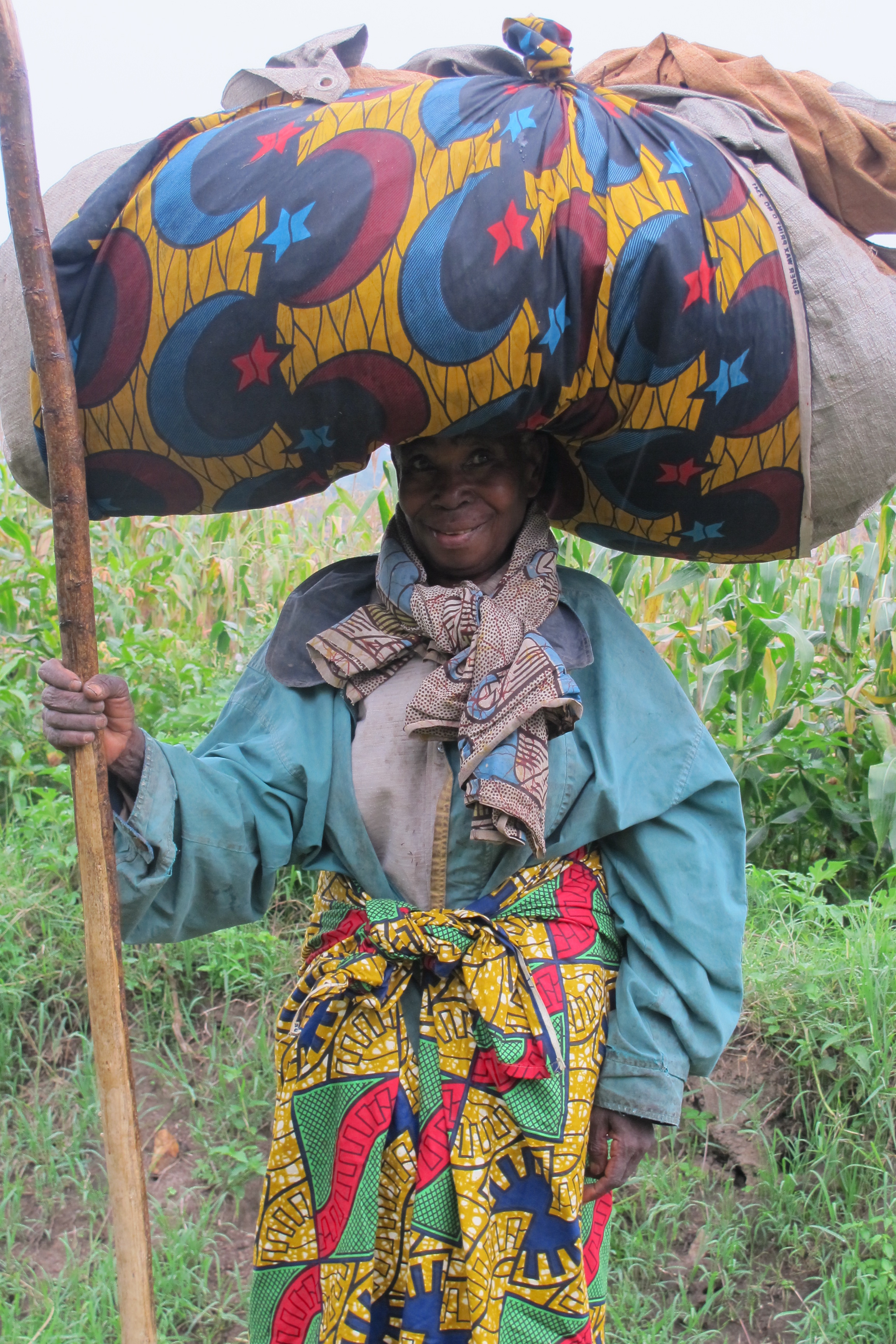
A week into my fellowship my journey has just started. There are so many more dimensions to Rwandan life and culture and I can’t wait to further explore this beautiful country and its people and also what lies underneath the shining surface. So far, I am deeply impressed by the strength, courage and friendliness of this little, landlocked country in Africa.
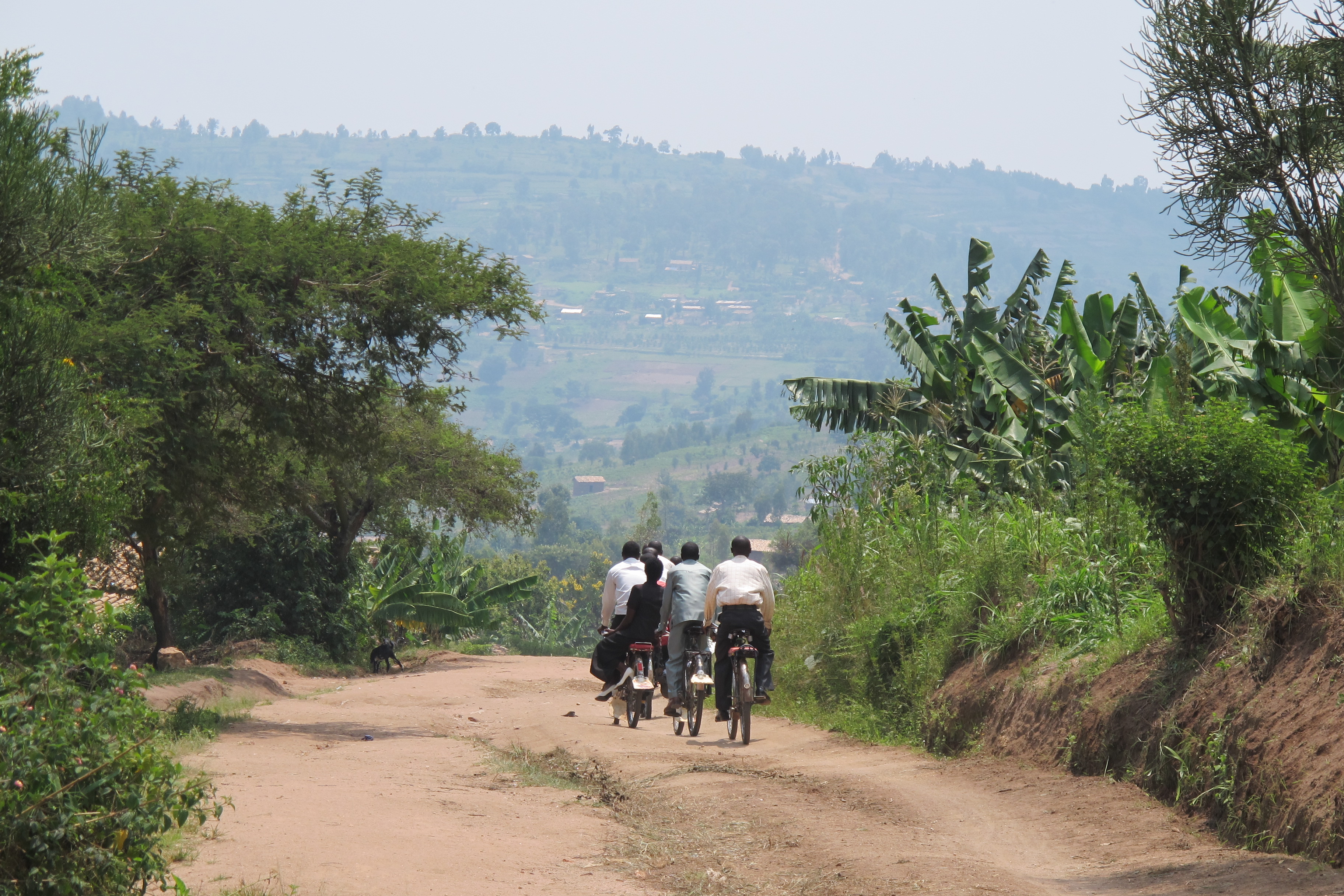
Want to read more about Rwanda?
The Blue Sweater by Jacqueline Novogratz
The inspiring memoir by Acumen Fund's founder and CEO, who started her life-long quest to understand global poverty when she met a child in Rwanda wearing her sweater that she had donated to charity in the United States 17 years earlier!
Season of Blood: A Rwandan Journey by Fergal Keane
The brutal truth uncovered by BBC journalist Fergal Keane as he travelled through the country in 1994 as the genocide was continuing. Not for sensitive readers...
PREVIOUS ARTICLE
Week in Review: Global Barometer of Hope and Happiness →NEXT ARTICLE
Passport Series: The patchwork heritage and future of Tajikistan →













